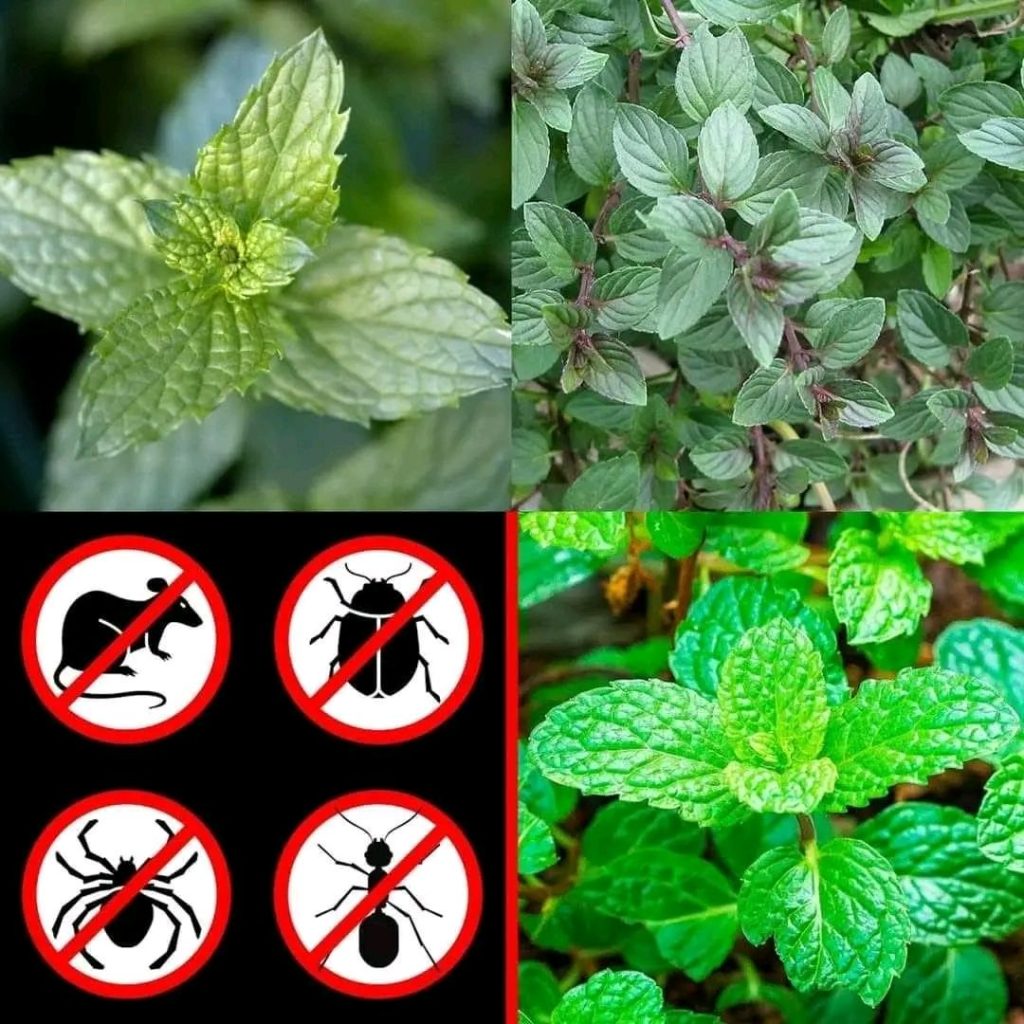ADVERTISEMENT
– **Soil:** Use well-draining soil enriched with organic matter.
– **Watering:** Keep the soil consistently moist but not waterlogged.
### 3. **Planting Mint Outdoors**
– **Spacing:** Space mint plants about 18 inches apart to allow for growth.
– **Sunlight:** Choose a location that receives partial to full sunlight.
– **Soil:** Ensure the soil is fertile and drains well.
– **Maintenance:** Regularly trim the plants to promote bushier growth and prevent flowering, which can reduce the potency of the aroma.
By following these guidelines, you can successfully grow mint in your home or garden, harnessing its natural pest-repelling properties.
—
## Using Mint as a Pest Repellent
Once you’ve established mint plants, there are various ways to utilize them for pest control:
### 1. **Mint Oil Spray**
Create a natural spray by mixing 10–15 drops of peppermint oil with 8 ounces of water in a spray bottle. Apply this mixture to areas where pests are commonly found, such as entry points, baseboards, and corners.
### 2. **Crushed Mint Leaves**
Crush fresh mint leaves and place them in sachets or small cloth bags. Place these around the house, especially in areas prone to pests.
### 3. **Mint Tea Bags**
Used mint tea bags can be placed in cupboards, drawers, and closets to deter pests.
### 4. **Fresh Mint Plants**
Simply placing pots of fresh mint near entryways, windowsills, and other vulnerable areas can act as a natural deterrent.
Regularly refreshing these mint applications ensures continued effectiveness.
—
## Additional Benefits of Mint
Beyond its pest-repelling qualities, mint offers several other advantages:
– **Culinary Uses:** Mint is a versatile herb used in various dishes, teas, and desserts.
– **Aromatic Qualities:** The fresh scent of mint can enhance the ambiance of your home.
– **Medicinal Properties:** Mint has been traditionally used to soothe digestive issues and alleviate headaches.
– **Aesthetic Appeal:** Mint plants add greenery and vibrancy to indoor and outdoor spaces.
Incorporating mint into your home not only helps keep pests at bay but also enriches your living environment in multiple ways.
—
## Conclusion
If you’re seeking a natural, effective, and eco-friendly solution to keep spiders, mice, and insects out of your home, consider planting mint. Its strong aroma serves as a deterrent for various pests, and its additional benefits make it a valuable addition to any household. By growing and utilizing mint, you can create a pest-free environment without relying on harmful chemicals.
—
**Call to Action:** Ready to try mint as a natural pest repellent? Start by planting a pot of peppermint in your kitchen or garden and observe the difference it makes. For more tips on natural pest control and home gardening, explore our other articles and resources.
